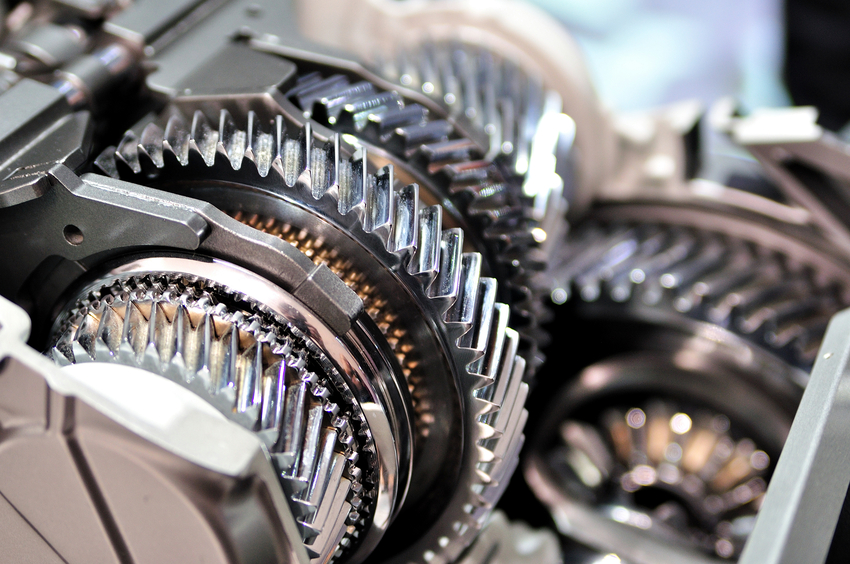A Look at Ford’s 10-Speed Automatic Transmission for Students in Auto Repair Courses

Great things can happen when competitive rivals GM and Ford come together—like the first mass-produced consumer 10-speed automatic transmission. Now, that’s a lot of gears. You may be thinking, why would two notorious automotive rivals come together to develop this technology? The answer is, to ensure they both have an awesome competitive advantage over others in the market.
Traditional transmissions have between four to six gears with one reverse gear. An automatic transmission is self-shifting, meaning there’s no clutch pedal like you would find in a manual transmission, and the car determines which gear to be in all on its own. The transmission allows the car to operate at the desired speed and makes effective use of the engine’s torque.
If you have a passion for cars or are interested in pursuing an automotive career, read on to check out if this new record-setting transmission is living up to expectations.
Grads of Auto Repair Courses May Know Developing a 10-Speed Transmission Is Expensive
Instead of putting a lot of time and resources into developing a 10-speed automatic transmission, GM and Ford could have easily gone to a manufacturer that would have developed the transmission for them. However, developing the technology on their own gave them sole rights to the transmission and an undeniable leg up on the competition. Although the cost was expensive at $1.4 billion USD for Ford and $343 million USD for GM, both companies are expected to introduce it into many of their future vehicles.
By developing their own transmission, Ford and GM are able to customize it exactly to their needs. Students enrolled in auto repair courses may know that most car parts are now highly computerized. Because of this, GM and Ford can alter the one million (plus) lines of code in their cars, so even though the transmissions would be physically very similar, they can be customized to each brand. This will help to spread the research and development costs over thousands—and possibly millions—of vehicles.
Pros With Auto Repair Careers Know Gear Options Improve Performance
Most people don’t mind driving around in vehicles with four, five, or six gears. So the question could be raised, why is 10 gears even necessary for a vehicle? After Ford and GM’s pricy investment, the technology ought to offer more than what’s currently on the market. Luckily, having 10 gears is definitely an upgrade.
The 10-speed offers improved fuel economy and efficiency; since it has more gears to operate in there are more options suitable to the different demands put on the vehicle. This puts less strain on the engine while operating. Additionally, this is the first transmission to eliminate the use of cast-iron materials; instead Ford and GM have opted for lighter weight materials which should provide their vehicles with more get up and go. Professionals with an auto repair career are speculating that these improvements could give way to a 5 per cent improvement in fuel efficiency.
Students in Auto Repair Courses Should Know the 10-Speed Is Hitting the Market Soon
The first car to hit the market with this new technology as an option is the 2017 Ford F150. Although priced in US dollars, this transmission is an add-on option with a cost up to $2,595. The new Ford was tested at the Ford Proving Grounds in Michigan and on public roads. The 10-speed transmission allowed the truck to haul a 9,900-pound trailer up a 17 per cent grade incline. How was the ride? Test drivers say the truck moved between gears seamlessly. While time will tell if the 10-speed automatic transmission proves to be a hit, it’s already looking very promising.
Are you interested in enrolling in auto repair training in Toronto?
Contact Automotive Training Centres today and talk to an advisor!

